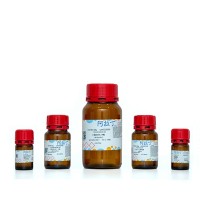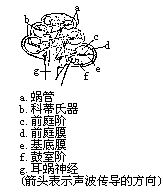Assessing PCP in the Cochlea of Mammalian Ciliopathy Models
互联网
412
The increased availability of mouse models of human genetic ciliary diseases has led to advances in our understanding of the diverse cellular roles played by cilia. The family of so-called “ciliopathies” includes Alstr�m Syndrome, Bardet–Biedl Syndrome, Primary Ciliary Dyskinesia, and Polycystic Kidney Disease, among many others. In mouse models of Alstr�m Syndrome and Bardet–Biedl Syndrome, we have shown developmental defects in the mechano-sensory stereociliary bundles on the apical surfaces of “hair” cells in the cochlea, the mammalian hearing organ. Stereocilia are specialized actin-based microvilli, whose characteristic patterning is thought to be dependent on the hair cell’s primary cilium (“kinocilium”). Ciliopathy-associated proteins are localized to the ciliary axoneme and/or the ciliary basal body, or to the bundle itself. Ciliopathy-associated genes functionally interact with genes of the noncanonical Wnt pathway, and so implicate PCP in the control of hair cell development.










